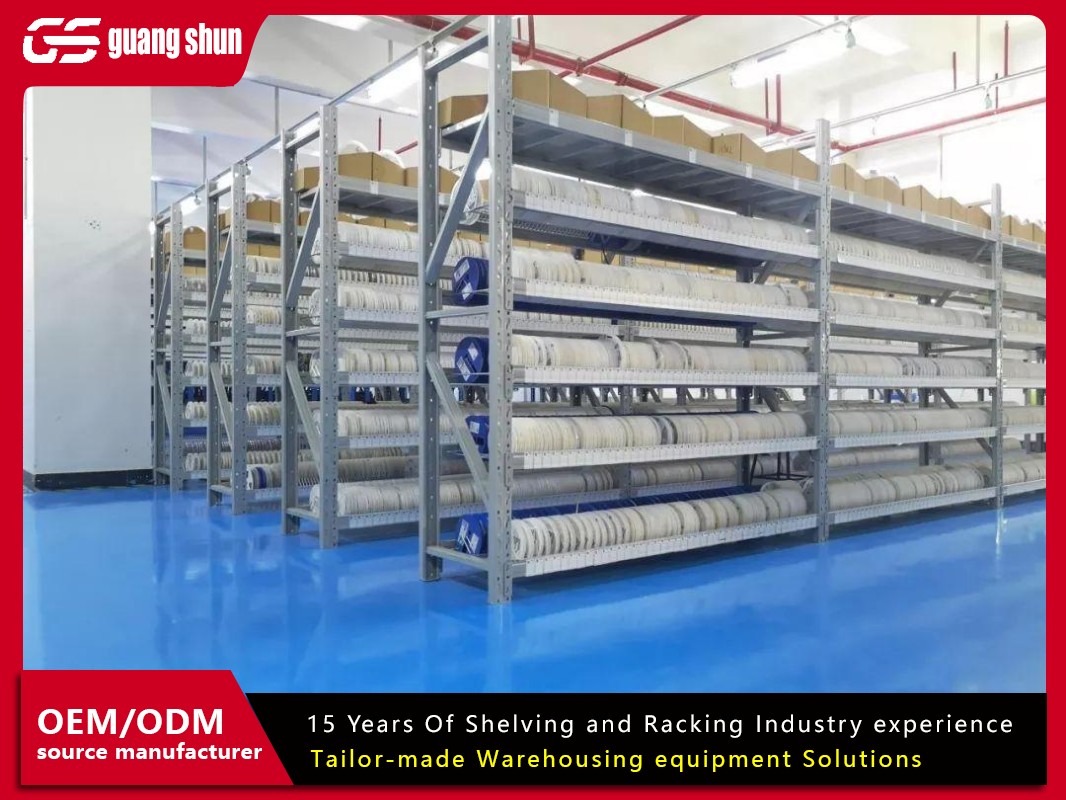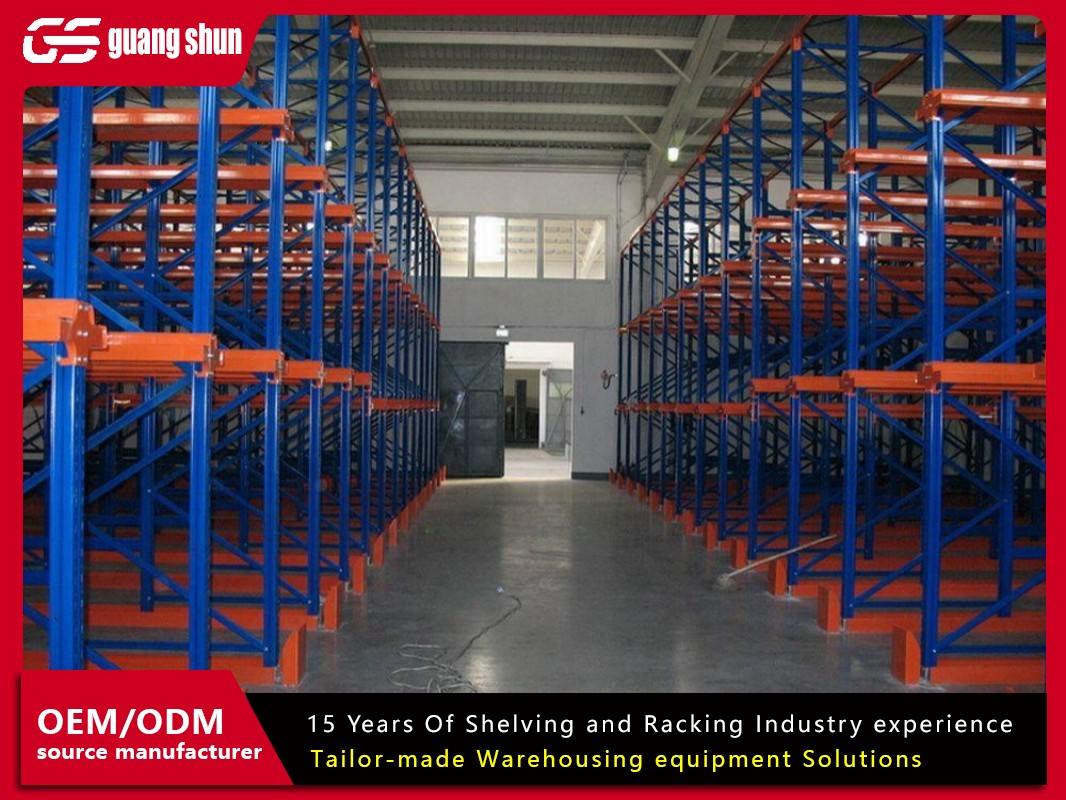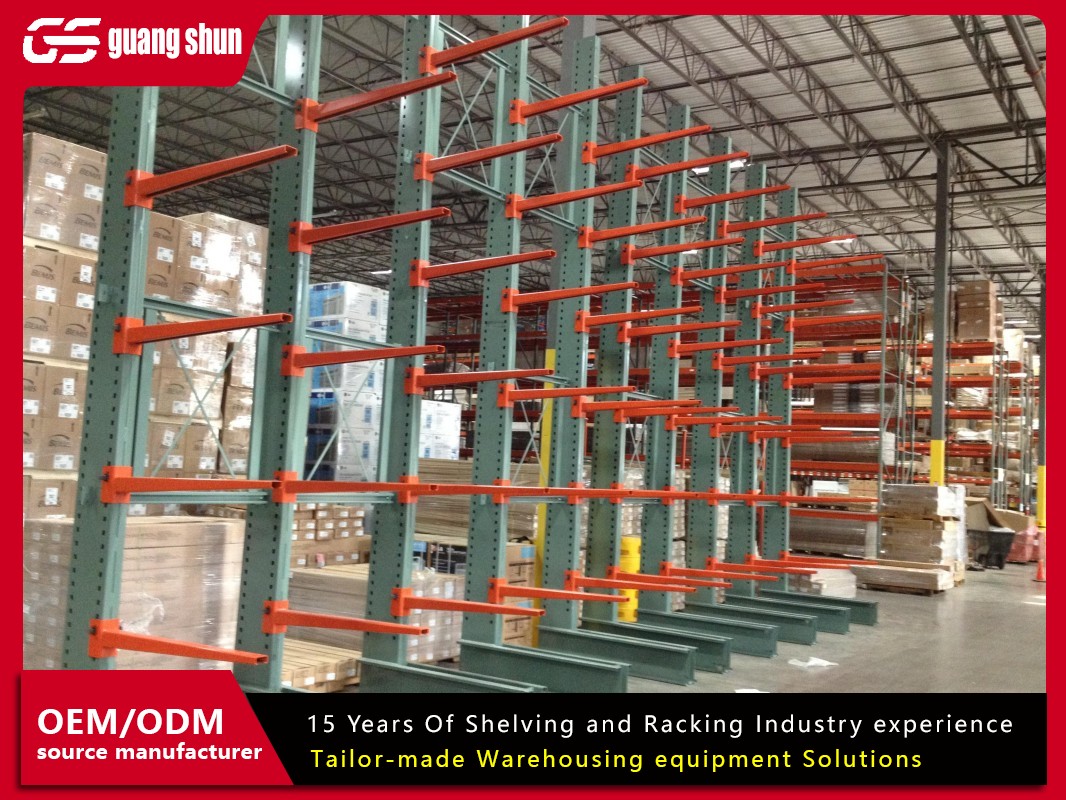In today's fast-paced world, efficient storage solutions are crucial for both commercial and residential spaces. Shelving and rack systems have become indispensable tools for organizing inventory, supplies, and personal items. Whether you're managing a warehouse, a retail store, or simply looking to declutter your home, understanding the ins and outs of these systems can transform your space. This comprehensive guide delves into every aspect of shelving and rack systems, from their basic definitions to advanced applications. By the end, you'll have a thorough knowledge of how to select, install, and maintain these systems for optimal performance. Let's explore why shelving and rack systems are the backbone of modern storage solutions.
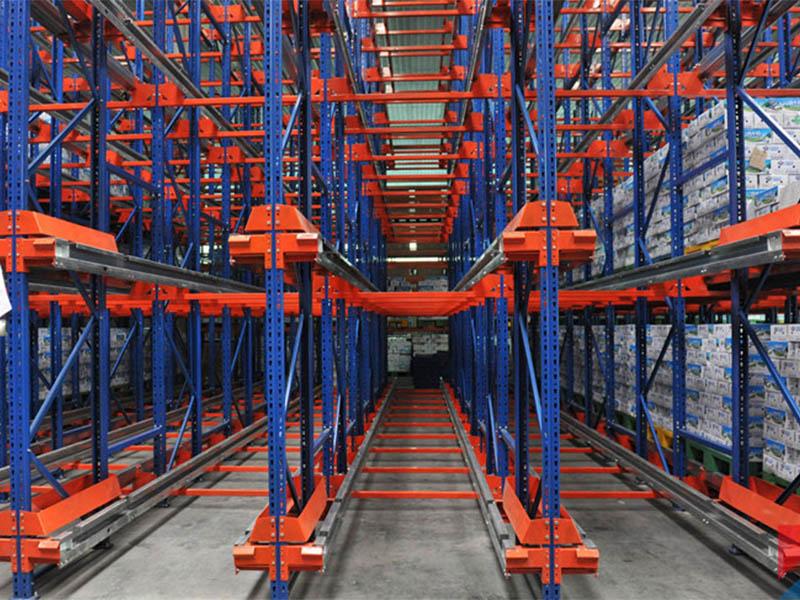
Understanding Shelving and Rack Systems: What Are They and Why Are They Important?
Shelving and rack systems are structural frameworks designed to store items in an organized manner. While often used interchangeably, "shelving" typically refers to units with solid shelves for lighter items, such as books or retail products, whereas "racking" involves open frameworks for heavier loads, like pallets in warehouses. The importance of shelving and rack systems cannot be overstated. They maximize vertical space, improve accessibility, and enhance safety by reducing clutter. In industries like logistics, manufacturing, and retail, these systems streamline operations, leading to increased productivity and cost savings. For homes, they offer customizable storage options that adapt to changing needs. The evolution of shelving and rack systems has seen innovations in materials and design, making them versatile for various environments. From simple wooden shelves to automated high-density racks, these systems cater to diverse requirements, emphasizing their role as essential organizational tools.
The global market for shelving and rack systems is growing rapidly, driven by e-commerce and urbanization. According to industry reports, the demand for efficient storage solutions is expected to rise, highlighting the need for informed decisions when investing in these systems. Key factors influencing their importance include space utilization, load capacity, and durability. For instance, in a warehouse, improper shelving and rack systems can lead to accidents or inefficiencies, whereas well-designed systems can handle tons of weight safely. Similarly, in offices, modular shelving and rack systems promote a tidy workspace, boosting employee morale. Understanding the fundamentals of shelving and rack systems is the first step toward leveraging their benefits, which we'll explore in detail throughout this article.
Types of Shelving and Rack Systems: A Detailed Breakdown
When it comes to shelving and rack systems, variety is key. Different types cater to specific needs, based on factors like load capacity, space availability, and intended use. Here are some common categories of shelving and rack systems:
Pallet Racking Systems: Ideal for warehouses, these shelving and rack systems are designed to store palletized goods. Types include selective racking (for easy access), drive-in racking (for high-density storage), and push-back racking (for last-in, first-out inventory). They are typically made of steel and can support heavy loads.
Cantilever Racking Systems: These shelving and rack systems feature arms extending from a central column, perfect for long or bulky items like pipes or lumber. They are common in industrial settings and offer excellent accessibility.
Mobile Shelving Systems: To save space, mobile shelving and rack systems use carriages on tracks, allowing aisles to be created only when needed. They are popular in archives, libraries, and hospitals where floor space is limited.
Slotted Angle Shelving: Versatile and easy to assemble, these shelving and rack systems use angled posts and shelves that can be adjusted. They are cost-effective for light to medium-duty applications, such as garages or small businesses.
Mezzanine Floor Systems: While not purely shelving, mezzanines integrate with shelving and rack systems to create multi-level storage, doubling or tripling available space. They are excellent for warehouses or retail stores with high ceilings.
Wire Shelving Systems: Made from wire mesh, these shelving and rack systems promote airflow and visibility, making them suitable for refrigerators, closets, or commercial kitchens. They are easy to clean and resistant to corrosion.
Bolted Shelving Systems: For heavy-duty needs, bolted shelving and rack systems use bolts and nuts for stability. They are common in manufacturing plants and can be customized for high loads.
Each type of shelving and rack systems has unique advantages. For example, pallet racking maximizes warehouse efficiency, while wire shelving is hygienic for food storage. When choosing, consider factors like load requirements, accessibility, and budget. Innovations in shelving and rack systems continue to emerge, such as automated retrieval systems, which use robotics for high-speed operations. Understanding these types ensures you select the right shelving and rack systems for your specific scenario.
Key Benefits of Implementing Shelving and Rack Systems
Implementing shelving and rack systems offers numerous benefits that extend beyond mere organization. Here are the top advantages:
Space Optimization: Shelving and rack systems make use of vertical space, freeing up floor area for other activities. In warehouses, this can increase storage capacity by up to 50%, reducing the need for expansion.
Improved Efficiency and Productivity: With organized storage, items are easier to locate and retrieve. This streamlines workflows in businesses, cutting down time spent searching for inventory. For instance, in a retail environment, well-designed shelving and rack systems can speed up restocking and checkout processes.
Enhanced Safety: Cluttered spaces pose hazards like trips or falls. Shelving and rack systems keep items secure and accessible, reducing risks. Many systems are engineered with safety features, such as load limits and anti-tip designs, complying with OSHA standards.
Cost-Effectiveness: While initial investments vary, shelving and rack systems often lead to long-term savings. They reduce product damage by providing proper support and can be reconfigured as needs change, avoiding frequent replacements.
Scalability and Flexibility: Modular shelving and rack systems allow for easy expansion or reconfiguration. This is crucial for growing businesses or dynamic home environments. For example, adjustable shelves can adapt to different item sizes.
Inventory Management: In commercial settings, shelving and rack systems integrate with inventory software, enabling real-time tracking. This minimizes losses and improves accuracy.
Case studies show that companies using optimized shelving and rack systems report higher ROI. For homes, these systems reduce stress by creating orderly spaces. Overall, the benefits of shelving and rack systems make them a smart investment for any storage challenge.
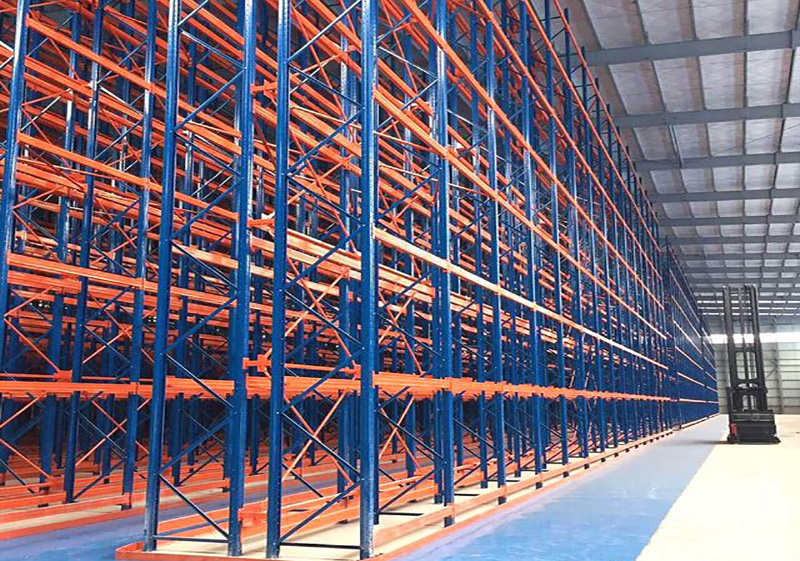
Applications of Shelving and Rack Systems Across Various Industries
Shelving and rack systems are ubiquitous across industries, each with unique requirements. Here's how they are applied:
Warehousing and Logistics: This sector relies heavily on shelving and rack systems for storing raw materials and finished goods. High-density systems like pallet racking maximize space, while automated systems enhance speed and accuracy in distribution centers.
Retail: Stores use shelving and rack systems for product displays and backroom storage. Gondola shelving, for instance, allows easy customer access and can be adjusted for promotions. In supermarkets, refrigerated shelving and rack systems keep perishables fresh.
Manufacturing: Factories employ shelving and rack systems to organize tools, parts, and work-in-progress items. Cantilever racks are ideal for long materials, improving production flow.
Healthcare: Hospitals and clinics use shelving and rack systems for medical supplies, files, and equipment. Mobile systems save space in tight areas, while wire shelving ensures cleanliness.
Office Environments: Offices benefit from shelving and rack systems for storing documents, supplies, and equipment. They help maintain a professional appearance and support hybrid work models with flexible layouts.
Residential Use: Homes utilize shelving and rack systems in garages, closets, and kitchens. They declutter living spaces and can be decorative, with options like floating shelves.
Agriculture: Farms use shelving and rack systems for storing feed, tools, and harvested produce. Durable systems withstand harsh conditions.
In each application, shelving and rack systems are tailored to specific needs. For example, in e-commerce fulfillment centers, dynamic shelving and rack systems with conveyor belts expedite order processing. The versatility of shelving and rack systems ensures they remain relevant across sectors.
Choosing the Right Materials for Shelving and Rack Systems
The material of shelving and rack systems significantly impacts their durability, cost, and suitability. Common materials include:
Steel: The most popular choice for heavy-duty shelving and rack systems, steel offers high strength and longevity. It's ideal for warehouses and industrial settings. Galvanized or powder-coated steel resists rust, extending lifespan.
Wood: Wooden shelving and rack systems are aesthetic and suitable for light loads, like in homes or retail. They are cost-effective but may warp under moisture or weight.
Wire Mesh: Wire-based shelving and rack systems provide ventilation and visibility. They are lightweight and easy to clean, perfect for kitchens or closets.
Plastic: Plastic shelving and rack systems are corrosion-resistant and lightweight, often used in humid environments or for light storage. They are easy to assemble but less durable than metal.
Aluminum: Aluminum shelving and rack systems are rust-proof and strong, making them great for outdoor or marine use. They are more expensive but offer a good strength-to-weight ratio.
When selecting materials for shelving and rack systems, consider the environment. For instance, in food processing, stainless steel is hygienic, while in garages, steel handles tools well. Load capacity is also critical; steel supports heavier items than wood. Budget-wise, wood and plastic are affordable, but steel offers better value for long-term use. Innovations in recycled materials are making shelving and rack systems more sustainable. Always check weight ratings and certifications to ensure safety. By choosing the right materials, you optimize the performance of your shelving and rack systems.
Design and Installation Tips for Efficient Shelving and Rack Systems
Proper design and installation are crucial for maximizing the efficiency of shelving and rack systems. Here are key tips:
Assess Your Needs: Before installing shelving and rack systems, evaluate what you'll store—weight, size, and frequency of access. This determines the type and configuration.
Plan the Layout: Use floor plans to optimize space. For warehouses, consider aisle width and picking paths. In homes, measure rooms to avoid overcrowding. Software tools can simulate shelving and rack systems layouts.
Follow Safety Standards: Adhere to guidelines from organizations like OSHA or RMI (Rack Manufacturers Institute). Ensure shelving and rack systems are anchored securely and load limits are posted. Include safety features like guardrails or seismic bracing in earthquake-prone areas.
Professional Installation vs. DIY: While some shelving and rack systems are easy to assemble, complex ones require professional installers. Incorrect installation can lead to collapses. For heavy-duty systems, hire experts to ensure compliance.
Consider Accessibility: Design shelving and rack systems for easy access. For example, in archives, use mobile systems to compress aisles; in retail, ensure shelves are at eye level for customers.
Incorporate Flexibility: Choose adjustable shelving and rack systems that can adapt to changing inventories. Modular designs allow for reconfiguration without full replacement.
Use Quality Components: Invest in high-quality bolts, beams, and shelves. Cheap parts may compromise the integrity of shelving and rack systems.
Case studies show that well-designed shelving and rack systems reduce operational costs by up to 30%. For instance, a warehouse that optimized its rack layout saw a 20% increase in storage efficiency. Regular audits during installation help identify issues early. By focusing on design and installation, you ensure your shelving and rack systems are safe, functional, and long-lasting.
Maintenance and Safety Guidelines for Shelving and Rack Systems
Maintaining shelving and rack systems is essential for safety and longevity. Follow these guidelines:
Regular Inspections: Check shelving and rack systems periodically for damage, such as bent beams or loose bolts. In high-use environments, inspect monthly. Look for signs of overloading or corrosion.
Cleanliness: Keep shelving and rack systems clean to prevent debris accumulation. For wire systems, use damp cloths; for steel, avoid abrasive cleaners that strip coatings.
Load Management: Never exceed the weight capacity of shelving and rack systems. Distribute loads evenly and avoid placing heavy items on top shelves. Use load signs to remind users.
Repair and Replacement: Address issues promptly. Replace damaged components rather than repairing them, as DIY fixes can weaken shelving and rack systems. Contact manufacturers for genuine parts.
Employee Training: In workplaces, train staff on proper use of shelving and rack systems. Teach them to report damages and follow safety protocols, like not climbing on shelves.
Documentation: Keep records of inspections and maintenance for shelving and rack systems. This helps in audits and insurance claims.
Safety incidents involving shelving and rack systems often result from neglect. For example, a collapsed rack in a warehouse can cause injuries and downtime. By adhering to maintenance schedules, you extend the life of your shelving and rack systems and ensure a safe environment. Industry standards recommend annual professional inspections for commercial systems.
The future of shelving and rack systems is shaped by technology and sustainability. Emerging trends include:
Automation and IoT: Smart shelving and rack systems with sensors monitor inventory levels and conditions. Automated retrieval systems use robots to fetch items, increasing efficiency in warehouses.
Sustainable Materials: Eco-friendly shelving and rack systems made from recycled steel or bamboo are gaining popularity. Companies are focusing on green certifications to reduce carbon footprints.
Modular and Customizable Designs: Demand for adaptable shelving and rack systems is rising. 3D printing allows for custom parts, catering to unique spaces.
Height Optimization: With urban space constraints, shelving and rack systems are being designed for taller buildings, using advanced engineering for stability.
Integration with AI: AI-powered shelving and rack systems analyze data to optimize storage layouts and predict maintenance needs.
These trends make shelving and rack systems more intelligent and efficient. For instance, in smart warehouses, shelving and rack systems communicate with management software for real-time updates. As technology evolves, shelving and rack systems will continue to revolutionize storage solutions.
In conclusion, shelving and rack systems are vital for organized, efficient storage across various settings. By understanding their types, benefits, applications, materials, design, maintenance, and future trends, you can make informed decisions. Invest in quality shelving and rack systems to transform your space today.



